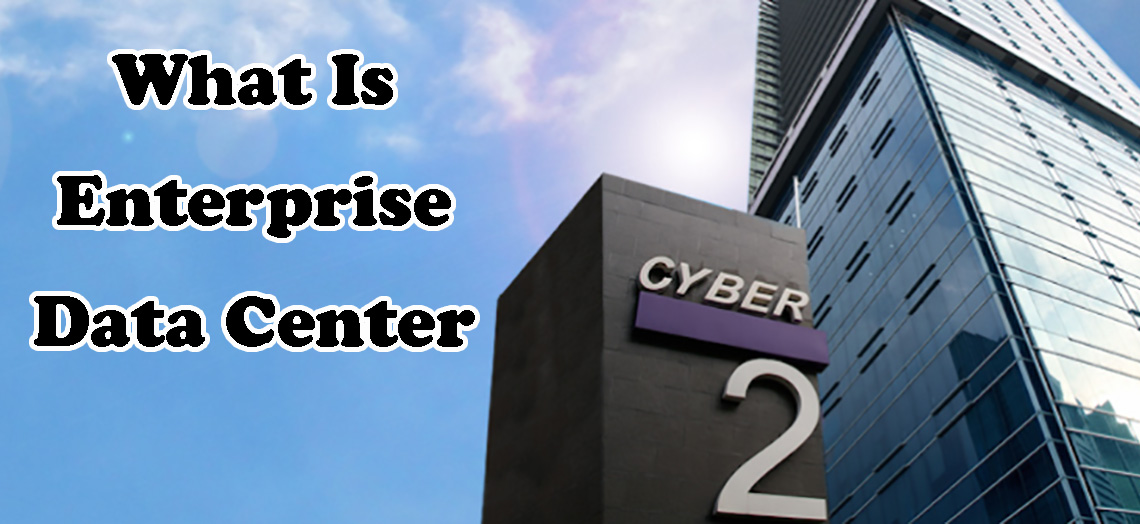Data Center
March 3, 2016
A Paradigm Shift of Core Network to the Data Centre
The growing needs for data processing center with better efficiency of high-performance computing turn out to encourage large companies to update their servers with the newer technology. In the past few years, many companies are building a core network. This technique is the most widely used because it can prevent the bottleneck which takes place on the server.
By using a core network, the problem speed interconnection between local networks can be resolved. Actually, we just use the UTP network cable to combine with a local network, but you will feel the slow pace since the UTP cable can only be passed with data transfer speeds up to 100 Mbps, the core network can support up to 10 Gbps. However, the interconnection system using these networks also has some disadvantages such as the installation process that require special expertise and the cost of installation and maintenance are still relatively expensive. This is the cause of a paradigm shift of core network to the data center.
The use of today’s data center is not new. At first, the data center is built in a large room to assist the operation of a company. But this became very complex and very troublesome triggering experts to work for a good data center solution.
Now, experts agree that Software Defined Networking (SDN) will make the network world to be more efficient and agile. Software-defined data center (SDDC) is inevitable, and the next step on the road to the SDDC is for network virtualization. This is because the hardware-defined data center is quite expensive and takes a lot of time to implement, and limited flexibility while for SDDC, network virtualized supplies network infrastructure and agile. Therefore in the network virtualization’s heart, decoupling of software to hardware is needed. Decoupling is what enables organizations to change business agility, economy data center, and IT architecture.
Network virtualization carries better efficiency and reduces the risk of change management for IT operations. At the same time when you virtualized your network, you reduce the chance for errors through automation program. Your network virtualization is the next step forward on the path to the software-defined data center.






